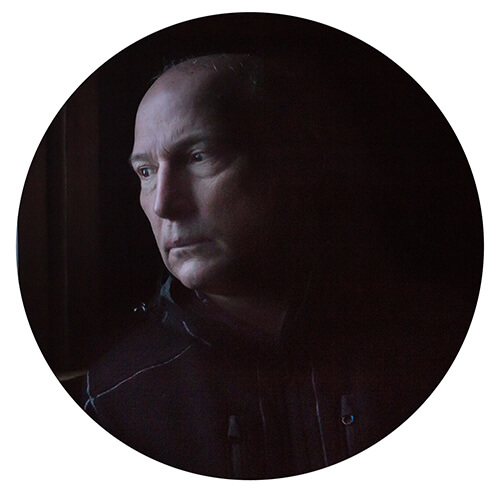JP Terlizzi is a New York City visual artist whose practice explores themes of memory, relationship, and identity. His images are rooted in the personal and
heavily influenced around the notion of home, legacy, and family. He is curious how the past relates and intersects with the present and how that impacts
and shapes one's identity.
Born and raised in the farmlands of Central New Jersey, JP earned a BFA in Communication Design at Kutztown University of PA with a background in
graphic design and advertising. He has studied photography at both the International Center of Photography in New York and Maine Media College in Rockport, ME.
His work has been exhibited widely in galleries including shows at The Center for Fine Art Photography, Vicki Myhren Gallery at the University of Denver, The Griffin Museum,
Tilt Gallery, Panopticon Gallery, Candela Gallery, The Los Angeles Center of Photography, University Gallery at Cal Poly, and The Berlin Foto Biennale, Berlin, Germany, among others.
His solo exhibits include shows at the Rhode Island Center for Photographic Arts, Cameraworks Gallery in Portland, OR and Soho Photo Gallery in Manhattan.
Awards and honors include: Critical Mass Top 50 (2019, 2018), Critical Mass Finalist (2016, 2015), Fresh Finalist (Klompching Gallery, 2019), First Look Winner (Panopticon Gallery, 2019)
International Portfolio Competition Winner (Soho Photo Gallery, 2018).
About The Good Dishes
Eating is a physical need, but meals are a social ritual. Utilizing passed down heirlooms of friends and family, The Good Dishes celebrates the memory of family and togetherness by integrating legacy and inheritance. This series focuses on stylized rituals of formal tableware while drawing inspiration from classic still life paintings. Background textiles are individually designed and constructed to reflect patterns found in each table setting while presentation, etiquette and formality are disassociated by using food and fine china in unconventional ways as metaphors for the beauty and intimacy that are centered around meal and table.
Discover JP Terlizzi's Interview
Read more about JP terlizzi